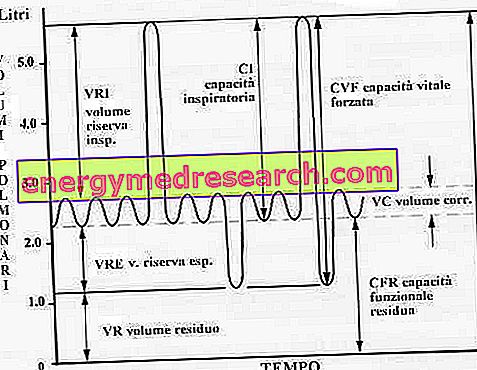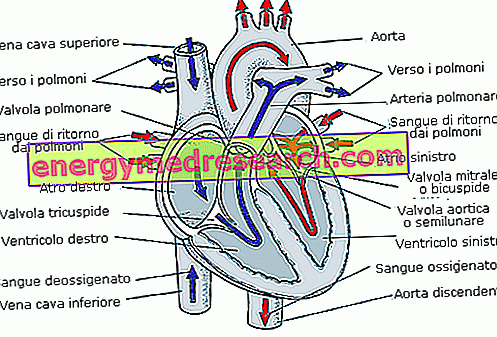Spirometry is the most common test for assessing lung function. It is a particularly effective and widespread diagnostic tool as it is standardized, painless, easily reproducible and objective. Spirometry is frequently used in the diagnosis and evaluation of lung function in people with restrictive or obstructive airway diseases
Category physiology of training
Definition and classification of speed The speed, better defined as motor speed, is a specific athletic ability that could be divided into two categories: Speed or speed of reaction , or the ability to react to a stimulus in the shortest possible time; it is an athletic characteristic that is partly conditional but above all nervous; a typical example of an athletic gesture driven by rapid reaction is the evasion of boxing Speed or speed of action of the movements , or the ability to perform an athletic gesture characterized by both cyclical frequency and a single simple acyclic action, bot
Curated by Zonca Riccardo Intense training forces the whole body to "adapt" to this new condition of "super-work" through the development of morphological and functional modifications, which are called adaptations . As far as the cardiovascular system is concerned, the most striking adaptations are observed in athletes dedicated to aerobic or endurance sports, which require reaching and maintaining long-term cardiac output (the amount of blood that the heart pumps in circulation in unit of time) maximum
By Dr. Antonino Bianco Knowing the heart rate (CF) that is reached when practicing aerobic training is a bit like knowing how to cook. Knowing at what temperature the oven must be to obtain the best cooking is as important as knowing the CF at which the heart and lungs are most efficient. Whatever your goal (to lose weight, run a marathon or improve your performance in a sport), to achieve it successfully it is essential that you know within which limits you work (the optimal aerobic zone)
Second part Already at altitudes of around 2900 m, 57% of people, according to some studies, have at least one symptom of altitude sickness ; of these, 6% cannot continue the excursion. At the altitude of Capanna Margherita (4559 m), 30% of people must reduce activity or stay in bed, and 49% accuse milder symptoms
Sixth Part HOW LONG DOES AN ATHLETE HAVE TO STAY IN ALTITUDE OR IN THE HYPOBARY / HYPOXIC ENVIRONMENT TO OBTAIN THE EFFECTS ON PERFORMANCE? The fact that short-term exposures (less than 10 hours for a period of time less than 3 weeks) do not induce an increase in Red Blood Cells seems to suggest the existence of a "threshold", but it is not known how much this minimum exposure / dose is related to the level of hypoxia, daily duration or total duration
How to structure a muscle-building program for the various districts, based on the subjective distribution of the various types of fibers. By Dr. Antonio Parolisi To evaluate the composition of a muscular district, in terms of slow, intermediate or fast fibers, several tests are presented in the technical-scientific literature through which it is possible to realize a profitable training program that gives maximum results in terms of tropism, then growth
Part Three MOUNTAIN TRAINING IS MAINLY USED FOR THE FOLLOWING REASONS: improve the ability to use oxygen (via oxidation): training at sea level and recovery at sea level; to improve oxygen transport capacity: stay at height (21-25 days) and qualitative training at sea level; to improve aerobic fitness: high-altitude training for 10 days
Resistance training aims to increase the athlete's ability to sustain a certain effort for a long time, without causing the performance level to decline. In relation to the duration, intensity and required motor gesture, different training programs will be structured. Aerobic resistance training methods Aerobic training aims to improve the ability to transport and use oxygen, and to ensure optimal management of energy substrates
Edited by: Giancarlo Gallinoro In most commercial gyms there are two training methods that are the most popular: classical pyramidal all in 3x8 or 3x10 In both cases the results in terms of load increase are soon exhausted. So why insist on using them? Many would say that the load is the means and not the end
First part Characteristics of the mountain climate The first news about a possible influence of altitude on man's physical efficiency are even contained in Marco Polo's Million . The reference is specific to the great heights of the Pamir plateau (over 5000 m), where Marco Polo stayed a long time to recover his strength after the inconveniences of the crossing of Persia and Caucasian Georgia










